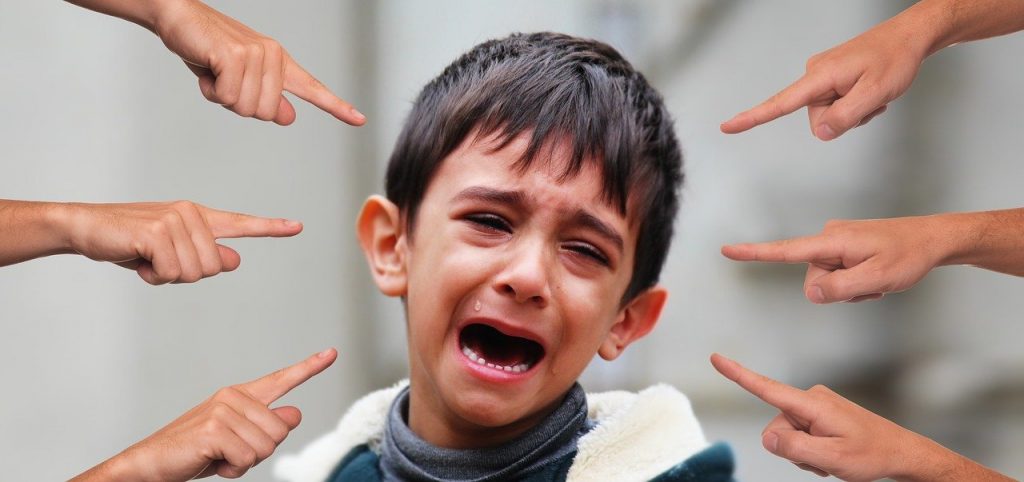
From enjoying the power to feeling good about themselves, people bully others for a wide range of reasons.
The hostility involved in bullying conflicts with empathy.
Bullies can also, on the other hand, engage in bullying for the sole sake of it being their coping mechanism. In the sense, it could be the only way they know or have been able to deal with their own anger and/or frustration.
Does this exonerate such behavior? Of course not!
When dealing with bully situations, it is always important to remember that, oftentimes, these bullies have personal challenges they are dealing with. So while frowning against bullying, we should also note that bullies require as much help as the victims.
Most people that are bullies may have been bullied in the past or witnessed bullying. It is safe to say that some of them aren’t even aware of the inappropriateness of their behaviors. Such bullies are called bully-victims
Discover amazing ways to live your best life.
Delivered to your email every Tuesday and Saturday
BULLY-VICTIMS.
Bully-victims are a hybrid of the bully/victim spectrum. They are the most vulnerable group involved based on the effects. They fall right in between both sides on the bully/victim food chain – they leech on individuals they believe are below them in the hierarchy of such situations (most likely to regain some power or control) and while they are being or have been bullied by seemingly more dominating individuals.
We don’t tell bully-victims to simply ‘get over their challenges’ without making effort to help. Like I said earlier, even though they are bullies, they also deserve help.
Bullies are often viewed as tough and hooligans while their victims as pictured as weaklings.
This, however, is not always true. Bullies and victims are often the same people – they get bullied today and they bully the next. Individuals who fall into this category are more likely to deal with emotional challenges.
Bully-victims are more common than you perceive.
More About Bullies
Bullying is a learned behavior. They oftentimes come from backgrounds or homes engulfed in domestic violence, this may explain the violent nature seen during bullying.
In addition, in school, most bully-victims may be at the lowest level of the social chain. Does this add to the bully-victims emotional state of loss of control, anger, and powerlessness?
Yes.
And It causes them to seem vile and hostile.
According to research issued by the American Psychological Association, ”children and adolescents who lack social problem-solving skills are more at risk of becoming bullies, victims or both than those who don’t have these difficultiesbut those who are also having academic troubles are even likelier to become bullies.”
School bullies are the most prevalent type of bullies, they exhibit verbal, physical, cyber, relational and even sexual types of bullying behavior. Workplace bullies are known to exhibit mostly verbal and sexual bullying behaviors.
What drives a bully?
Bullies don’t just wake up and say
‘hey! I need to spice things up, maybe I should start bullying.’
There are things that drive a bully.
- One of the most popular drives for bullies is sadism. This is the tendency to derive pleasure from inflicting pain humiliation and suffering on others. This factor reflects the sociopathic side of the bully. Bullies driven by sadism have a higher chance to be more treacherous than bullies driven by other things because they have lost touch with their empathetic side and therefore are devoid of emotions related to remorse.
- Desire for power: One of the bullies ’ sole aims is to be in control and they will do whatever to have authority over another.
- Perceived threats: In most situations, bullies are seen to prey on people to unconsciously feel threatened by. It may be that the victim has things or does things the bully would love to do but can’t. On the other hand, the bully is seeing a mirror reflection of their inner self and are threatened by it.
- Revenge: It is a known fact that a number of bully cases are a result of the bully’s quest for revenge on the victim. It may be that the victim had wronged someone the bully’s care about or wronged them directly. It might even be that someone close to the victim had wronged the bully or someone the bully cares about.
- Gutlessness or cowardice: This drive relates to indirect bullying situations and cyberbullying. The bully hides behind a faux sense of anonymity to perpetrate the evil.
- Others include feeds off the satisfaction from others’ fears, likes to apportion blame to others, enjoys making threats, enjoys conflict between others and has anger problems.
Final Thoughts
It is important to note that this is not an exhaustive list.
These are, however, some of the behaviors you would find in a bully
Remember, professional help can help a bully.
On a final note, bullies are not naturally predisposed to bully others.
This does not in any way excuse or justify the actions of bullies but rather is only an attempt to understand the likely root of the behaviors.